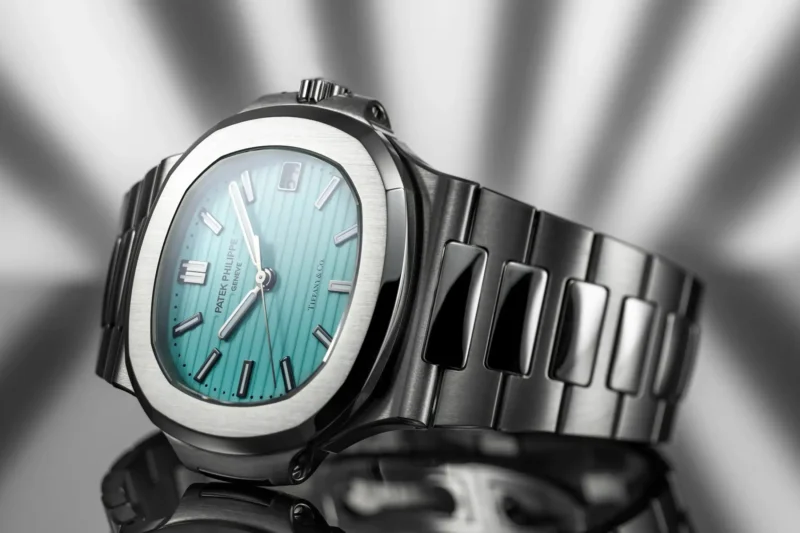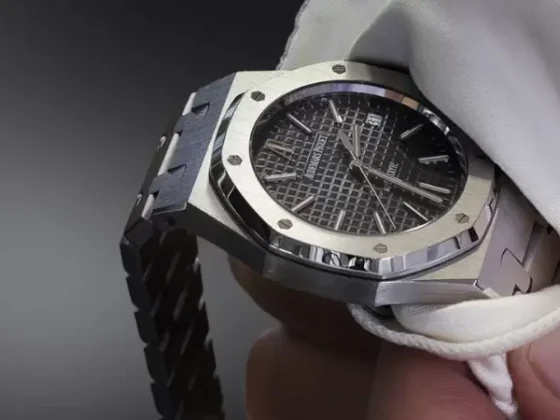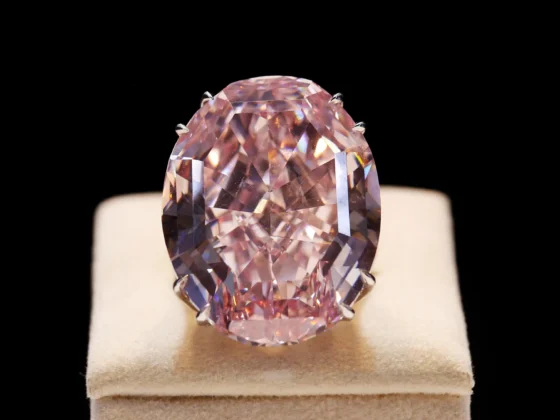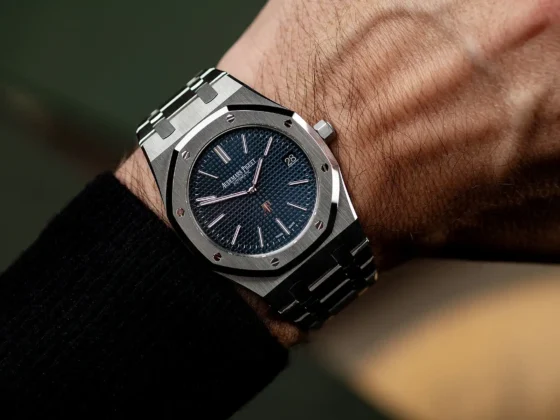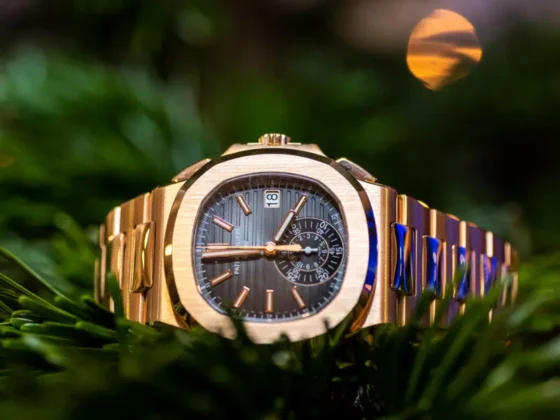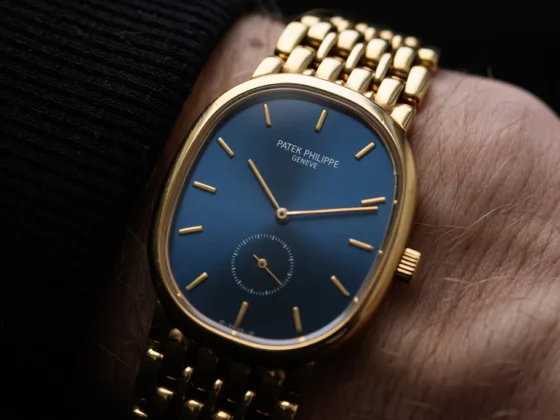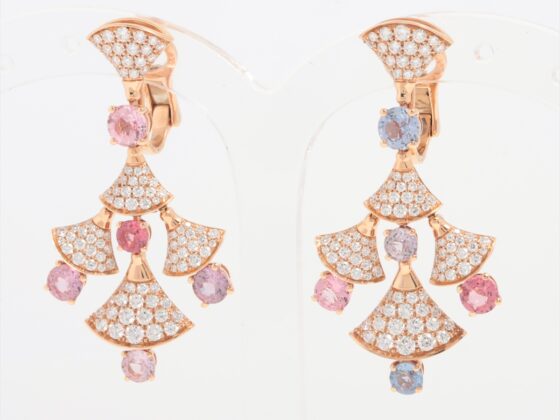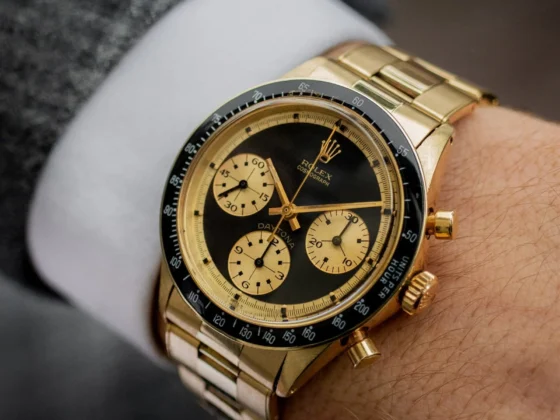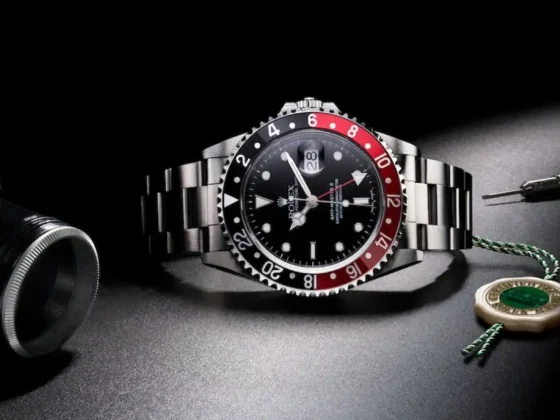In the world of horology, rare watches stand as the pinnacle of craftsmanship, history, and exclusivity. For collectors, acquiring these exceptional timepieces is not only about owning a luxurious accessory but also about understanding the nuances that set these watches apart. Rare watches often come with fascinating histories, unique features, and an immense potential for value appreciation. In this article, we’ll delve into what every watch collector should know about identifying, purchasing, and maintaining rare watches.
Why Rare Watches Hold Value
The value of a rare watch isn’t just determined by its brand or age—it’s the result of a combination of factors that include provenance, limited production, and the condition of the piece. Unlike mass-produced watches, rare timepieces often tell a unique story, whether they were once owned by a historical figure, have been discontinued, or were produced in extremely limited quantities.
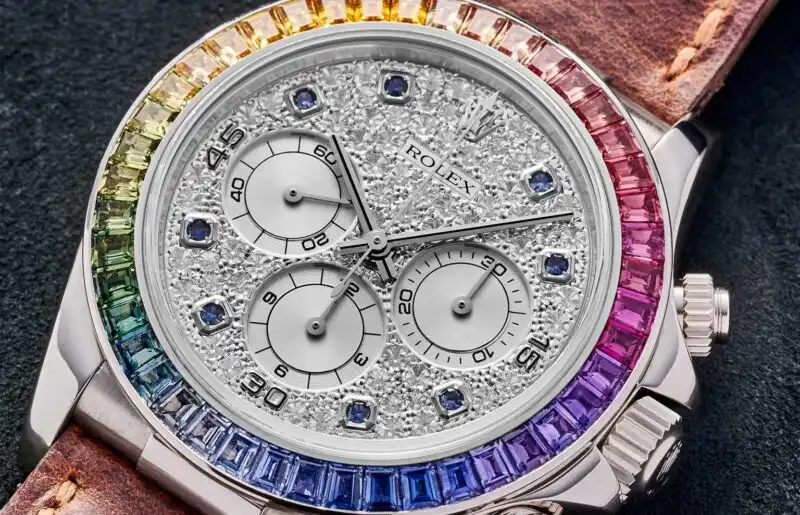
1. Identifying Rare Watches
Knowing what makes a watch rare is the first step for any collector looking to invest in these highly sought-after pieces. Rare watches typically fall into one or more of the following categories:
Limited Editions and Discontinued Models
Many luxury watchmakers, including Rolex, Patek Philippe, and Omega, produce limited-edition watches in very small numbers. Once these watches are sold out, they’re no longer available from the brand, making them highly desirable. Discontinued models also tend to appreciate in value as they become harder to find on the secondary market.
Historical Significance
A watch’s association with a significant event or person can drastically increase its value. Watches worn by celebrities, royalty, or historical figures, such as Paul Newman’s Rolex Daytona, often fetch millions at auction due to their provenance.
Unique Complications
Watches with rare or highly complicated movements—such as tourbillons, perpetual calendars, or minute repeaters—tend to be more valuable. These intricate complications reflect the highest level of craftsmanship in watchmaking and are often produced in very limited numbers.
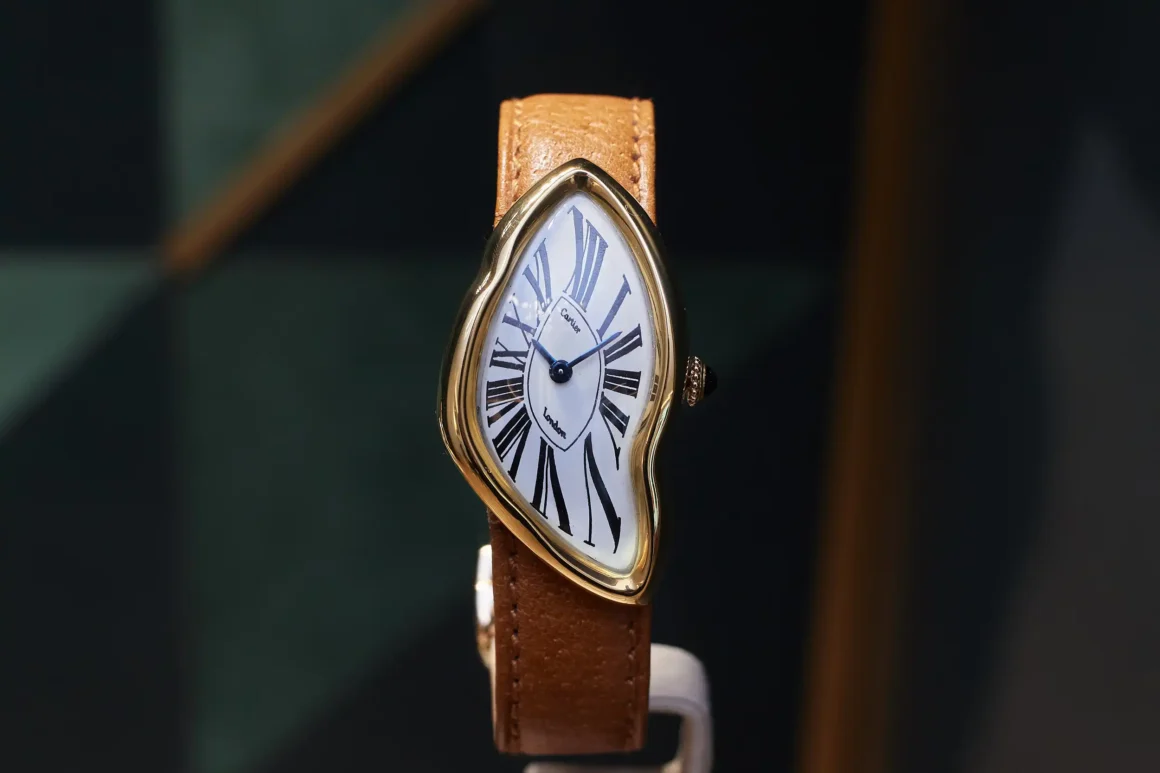
2. Provenance and Authentication
One of the most critical aspects of collecting rare watches is ensuring that the piece is authentic and that its provenance is well-documented. In the world of high-end watches, fakes and replicas can be extremely convincing, making proper authentication essential.
Documentation and Papers
The original papers, certificates of authenticity, and purchase receipts are key to proving a watch’s provenance. Without these documents, even the most visually perfect watch can lose a significant portion of its value. For vintage pieces, it’s important to verify whether all the parts of the watch are original or if they have been replaced over time.
Professional Authentication
Working with a reputable dealer or auction house is crucial when acquiring rare watches. Brands like Patek Philippe and Audemars Piguet offer certification services to verify the authenticity of their watches, providing peace of mind for collectors.
3. Understanding Market Trends
The value of rare watches is often influenced by global market trends, and staying informed about these trends is essential for any serious collector. Factors such as the economy, pop culture, and even the activities of celebrities can all have an impact on watch values.
Auction Results and Price Records
Following major auction houses like Phillips, Sotheby’s, and Christie’s provides valuable insights into how certain rare watches are performing in the market. Watches that break price records at auction often set new benchmarks for similar models.
Celebrity Influence
Celebrity endorsements and media exposure can cause sudden spikes in demand for certain rare watches. For instance, when a celebrity is seen wearing a particular model, its value can increase exponentially. It’s important to recognize these trends and understand when the market might be overvaluing certain watches.
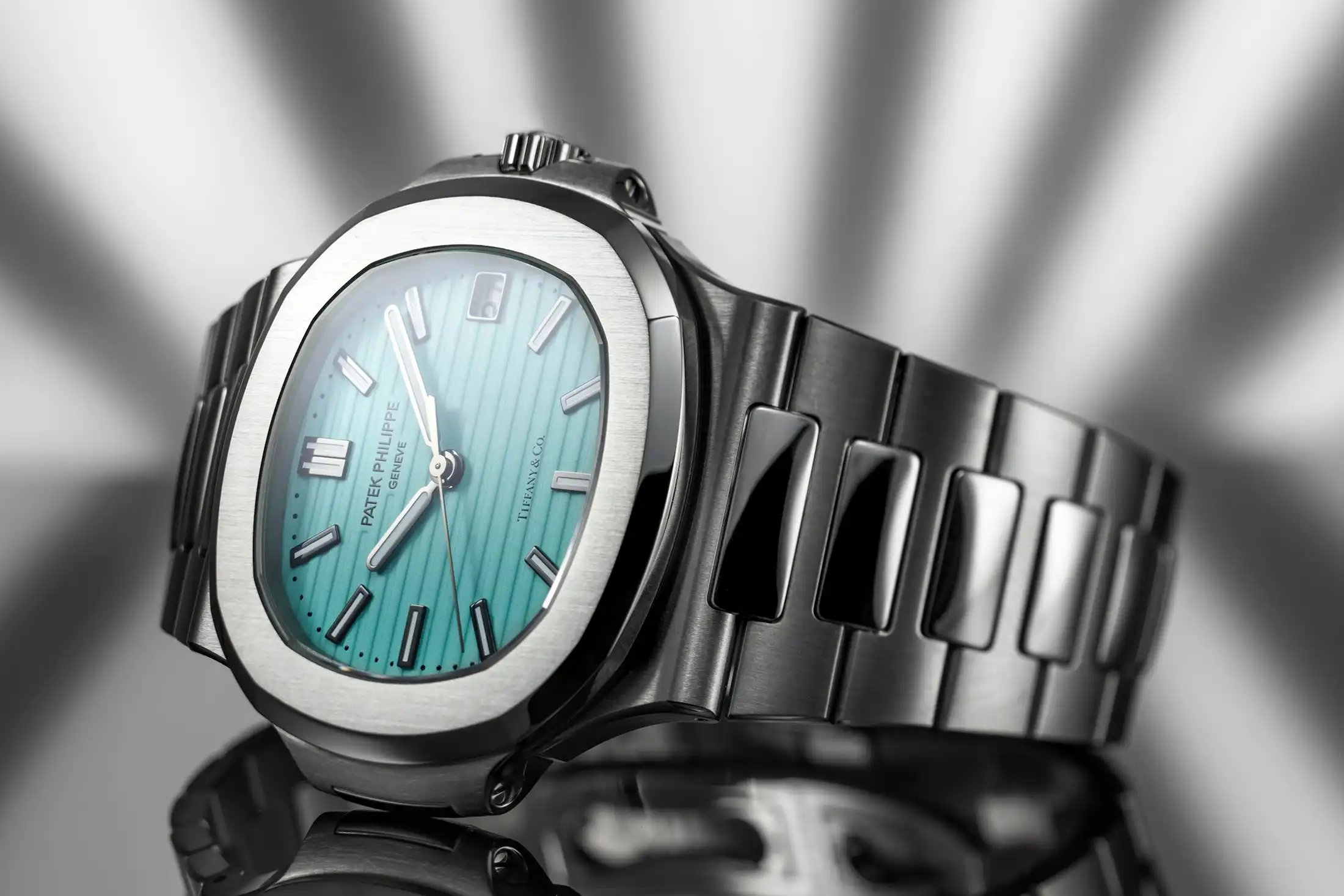
4. Where to Buy Rare Watches
Finding rare watches isn’t as simple as walking into a boutique; most often, these pieces are found through specialized channels. Here’s where collectors should look:
Reputable Auction Houses
Auction houses such as Phillips, Christie’s, and Sotheby’s are some of the best places to find rare watches. They specialize in selling timepieces that come with provenance, often from notable collectors or estates.
Private Sales and Dealers
Many rare watches are sold through private sales or via trusted dealers who have relationships with collectors. These venues offer more discretion and often provide access to highly sought-after pieces before they reach the public auction market.
Watch Shows and Collector Events
Events such as Watches & Wonders and Baselworld are not only great places to see the latest models from top watchmakers but also provide opportunities to network with dealers and other collectors who may have access to rare pieces.
5. Preserving the Condition of Rare Watches
Once you’ve acquired a rare watch, preserving its condition is critical for maintaining its value. Proper storage, cleaning, and regular servicing are essential to ensure the watch stays in pristine condition.
Storage Solutions
Keep your rare watches in a controlled environment, away from direct sunlight and humidity, which can cause the materials to degrade over time. Use a high-quality watch box or safe to store your collection, preferably one with a dehumidifier to regulate moisture levels.
Regular Servicing
Rare watches, especially vintage pieces, require regular servicing by a skilled watchmaker to ensure that the movement stays in good condition. Be sure to use a certified watchmaker familiar with the specific brand and model of your watch to avoid improper repairs or replacements that could affect the watch’s value.
Avoid Over-Restoration
While it might be tempting to restore an older watch to a like-new condition, over-restoration can actually decrease its value. Collectors often prefer watches with a patina or slight signs of wear, as this reflects the watch’s history and authenticity.
6. Selling and Trading Rare Watches
When the time comes to sell or trade a rare watch, working with an experienced dealer or auction house is crucial to achieving the best possible price. Many collectors choose to trade or sell their watches to upgrade their collections or take advantage of rising market values.
Timing the Market
The key to selling rare watches at the highest possible value is to time your sale with market trends. If a particular brand or model is in high demand, selling at the peak can yield significant returns.
Consignment Options
Some auction houses and dealers offer consignment services, allowing collectors to place their watches in high-profile sales events. This can lead to better exposure and potentially higher bids from interested buyers.
Conclusion
Unlocking the secrets of rare watches involves more than just recognizing a prestigious brand name. It requires a deep understanding of the factors that influence value, the ability to authenticate and preserve these valuable timepieces, and an awareness of the ever-changing market trends. For collectors, rare watches are not just investments—they are pieces of art and history that embody the pinnacle of watchmaking. By following the strategies outlined in this guide, collectors can confidently build and maintain an enviable collection of rare timepieces that will stand the test of time.


